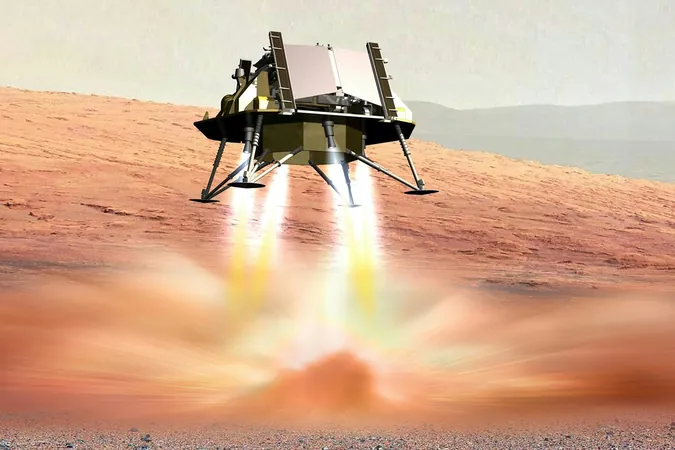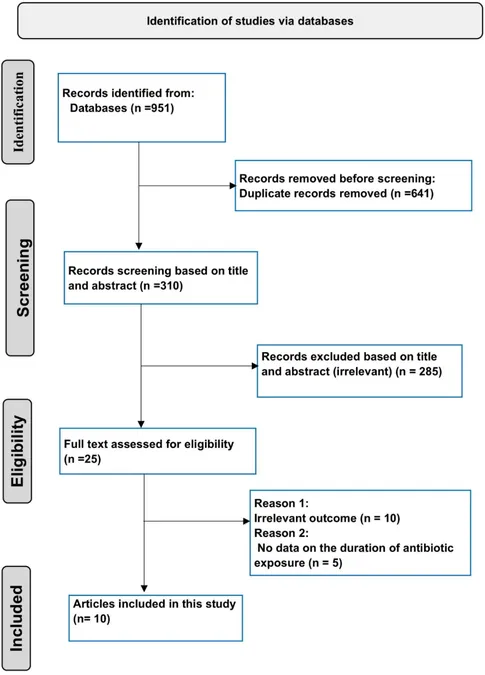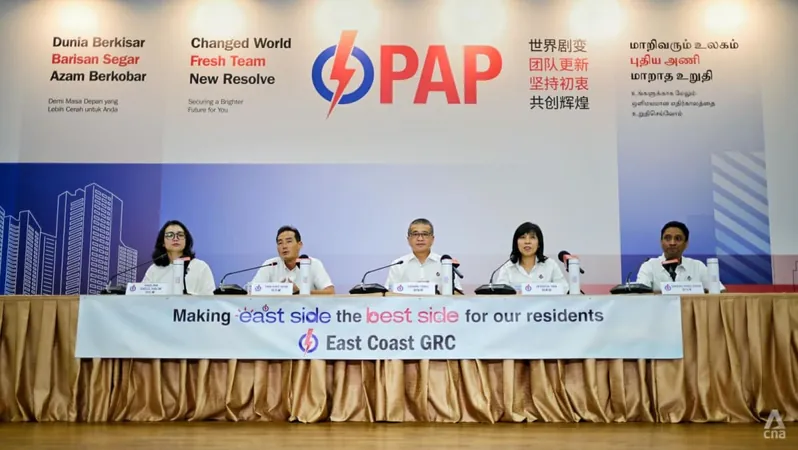
Airbus Takes on Pioneering Role in ESA's ExoMars Mission with Cutting-Edge Rover Lander
2025-04-04
Author: Arjun
Introduction
Airbus, the prominent aerospace corporation based in Toulouse, France, has been handpicked by the European Space Agency (ESA) and Thales Alenia Space to spearhead the development of the essential systems for the ExoMars lander. This innovative project aims to safely deliver the highly anticipated Rosalind Franklin rover onto the Martian surface.
The Role of Airbus in the ExoMars Mission
Once the rover navigates through the Martian atmosphere and engages in a parachute-assisted descent, it will be the state-of-the-art landing platform designed by Airbus that secures a safe landing on Mars. This platform will also facilitate the rover’s deployment onto the planet's surface, a significant milestone in space exploration.
Mission Delays and Rescheduling
Originally crafted by Airbus in a bio-burden clean room in Stevenage, U.K., the Rosalind Franklin rover was expected to launch in partnership with Russia’s Roscosmos in 2020. However, due to geopolitical tensions and subsequent delays, the mission has been rescheduled, now targeting a launch no earlier than 2028 with a new lander being developed by Airbus.
Rover Design and Durability
The rover’s design, recognized for its advanced composites, remains unchanged. Collaborators Beyond Gravity and Scheurer Swiss GmbH contribute to a top deck constructed with a robust carbon fiber-reinforced polymer (CFRP), complemented by an aluminum honeycomb core. This ensures that the rover can withstand the harsh conditions on Mars.
Leadership and Collaboration
Kata Escott, Managing Director of Airbus Defence and Space UK, emphasized the international collaboration behind the Mission: "Getting the Rosalind Franklin rover onto the surface of Mars is a huge international challenge and the culmination of more than 20 years’ work. The rover will be the first Martian rover able to analyze samples as deep as 2 meters below the surface in its quest for evidence of past or present life."
Technical Development of the Lander
Under the leadership of Thales Alenia Space, Airbus's dedicated teams will design the critical mechanical, thermal, and propulsion systems necessary for the lander to achieve a safe touchdown in 2030. The lander will boast innovative features, including dual ramps that deploy on opposite sides to facilitate a safe descent route for the rover.
Airbus's Proven Track Record
With a proven track record, Airbus has successfully designed and built over 120 propulsion systems for various spacecraft, showcasing expertise in chemical, electric, and cold gas systems for diverse missions encompassing telecommunications, Earth observation, and exploration.
Collaboration with NASA and Mission Readiness
In a collaborative effort with NASA, ESA, and Thales Alenia Space, Airbus is also updating elements of the Rosalind Franklin rover to ensure its readiness for the mission. This includes incorporating NASA-supplied radioisotope heater units to keep the rover warm during its Martian sojourn, along with a new software capability to enable immediate autonomous operation upon landing. The mission is carefully scheduled for a 2030 touchdown to circumvent Mars' global dust storms, presenting a significant challenge for all involved in this ambitious venture.
Conclusion
Stay tuned as we follow this groundbreaking mission that could redefine our understanding of life beyond Earth!




 Brasil (PT)
Brasil (PT)
 Canada (EN)
Canada (EN)
 Chile (ES)
Chile (ES)
 Česko (CS)
Česko (CS)
 대한민국 (KO)
대한민국 (KO)
 España (ES)
España (ES)
 France (FR)
France (FR)
 Hong Kong (EN)
Hong Kong (EN)
 Italia (IT)
Italia (IT)
 日本 (JA)
日本 (JA)
 Magyarország (HU)
Magyarország (HU)
 Norge (NO)
Norge (NO)
 Polska (PL)
Polska (PL)
 Schweiz (DE)
Schweiz (DE)
 Singapore (EN)
Singapore (EN)
 Sverige (SV)
Sverige (SV)
 Suomi (FI)
Suomi (FI)
 Türkiye (TR)
Türkiye (TR)
 الإمارات العربية المتحدة (AR)
الإمارات العربية المتحدة (AR)